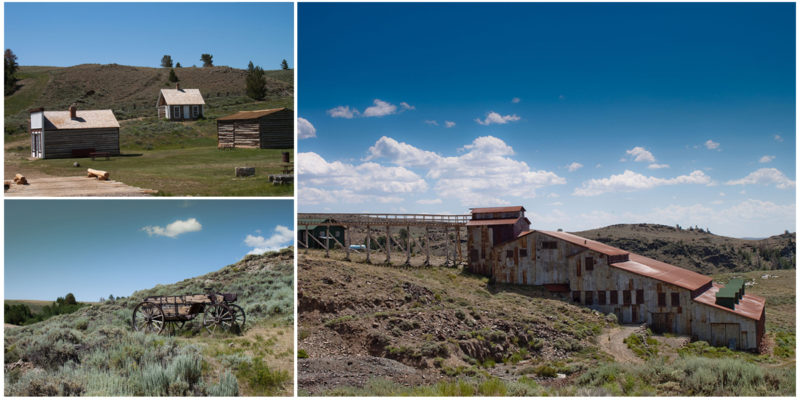The story of South Pass City begins with the discovery of gold in 1842 in isolated Sweetwater Creek near Blairtown, Wyoming. For this reason, many settlers came to the site and slowly occupied the territory which was the home of the Arapaho and Sioux Indians. Before the Carissa gold mine was built and began producing the city’s biggest economic income, the Native Americans tried to defend their homeland and very often they attacked and killed many of the settlers.
When the U.S. Army arrived in 1866, the resistance of the local tribes was even stronger, and the attacks were more frequent. However, the city continued to grow, and in the 1870s it had a population of over 3,000 inhabitants. In a short period, many buildings were made, including Fort Stambaugh to accommodate the troops who protected the town’s residents.
It was named South Pass City because of the emigrant route South Pass via which thousands of people traveled two decades before the city was founded. This is the first town where in 1869, the Wyoming territorial legislator William Bright secured women the right to vote. It is believed that he was influenced by his wife who was an advocate for women’s suffrage. The state of Wyoming was the first government in the world that gave women their right to vote.
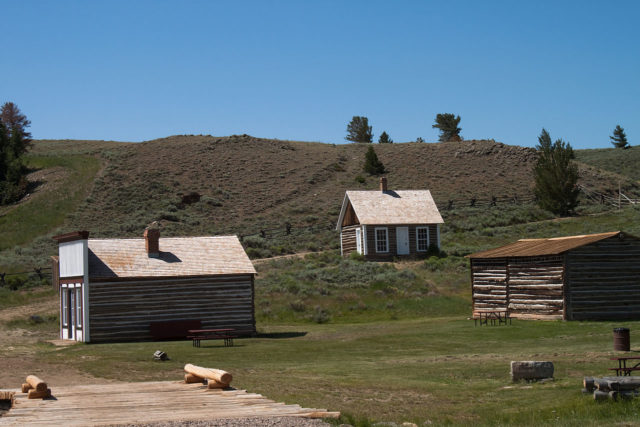
Shortly after that, Esther Hobart Morris became the Justice of the Peace in the city, and she was the first woman judge and governor in American history. She was celebrated all around the country as a hero of the suffragist movement. After the Carissa Mine was opened, even more people started to move to the city together with their families.
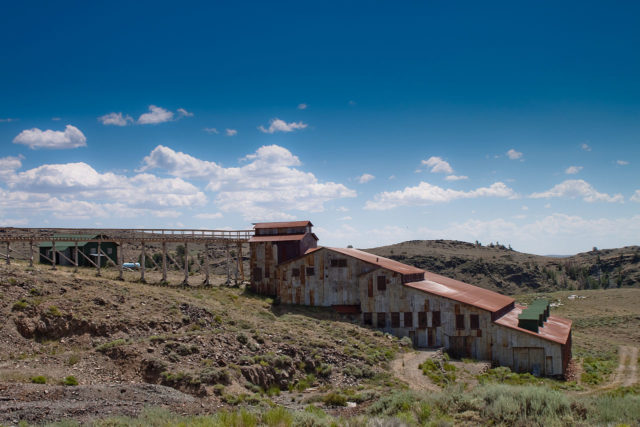
Many shops, restaurants, saloons, and hotels were built. The locals were employed as miners or mill hands. After a short time, because of the very successful work of the gold mine, the city became the Carter county seat, and it was a small gold-rush metropolis.
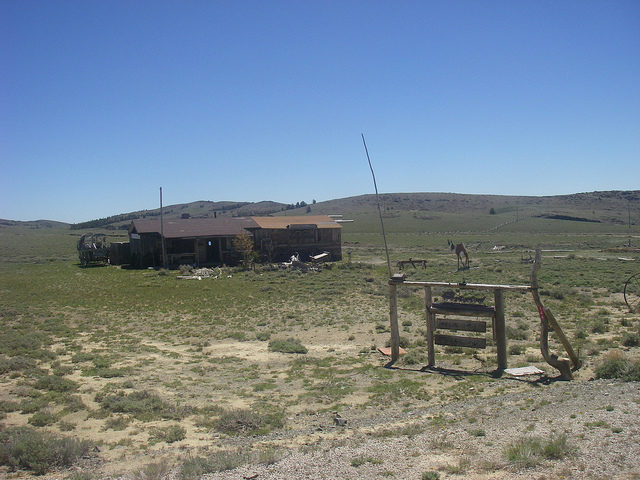
A few years later, only small amounts of gold were found in the creek, and there were rumors that there was a lot of ore in other mines in South Pass. By 1872, many people had moved from the town, and only a few hundred people stayed. The last family left in 1949, and everything that was built fell into disrepair. After it was abandoned, the site was a privately owned tourist attraction, and after almost twenty years it was bought by the state’s government.
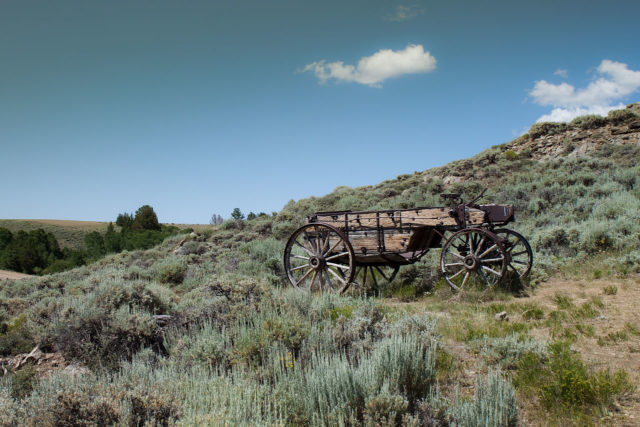
After the effort of several private organizations, the city was restored, and thousands of visitors come yearly to hear the history of the site and enjoy the traditional activities. Only a few of the original structures can be seen, and one of the most visited is the Carissa Saloon. It was a simple saloon, and everything inside was fully restored to the way it had been during the gold rush when the Carissa mine was the richest in the city.
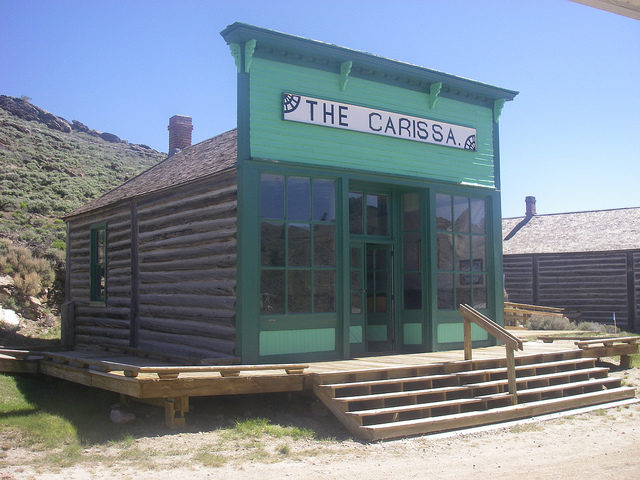
Other popular buildings are The Esther Morris Cabin, the Grecian Bend Saloon, the Jean Chipp Cabin, the schoolhouse of the city, and the Sherlock Hotel. When the town became an attraction, the area was separated into two sections: South Pass City and the Historic Site.
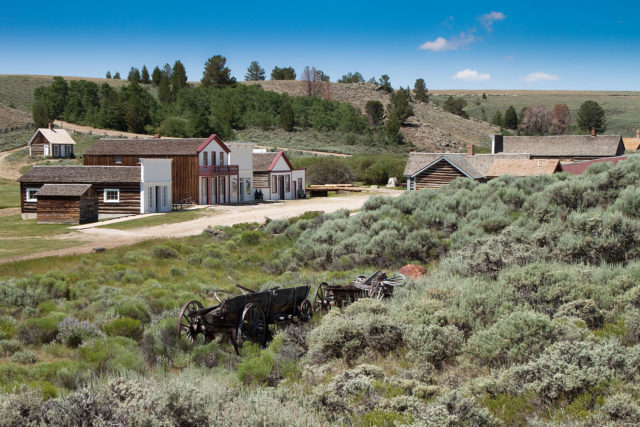
Besides exploring the mines, visitors can see thousands of artifacts from that time. There are walking tours, mine tours, and even gold panning. During the summer season, there are school hours in the Historic Site for children where they can have a lot of fun and learn about the history of the area. In the city, camping is not allowed because of the condition of the old buildings, but there are nearby camping areas.
